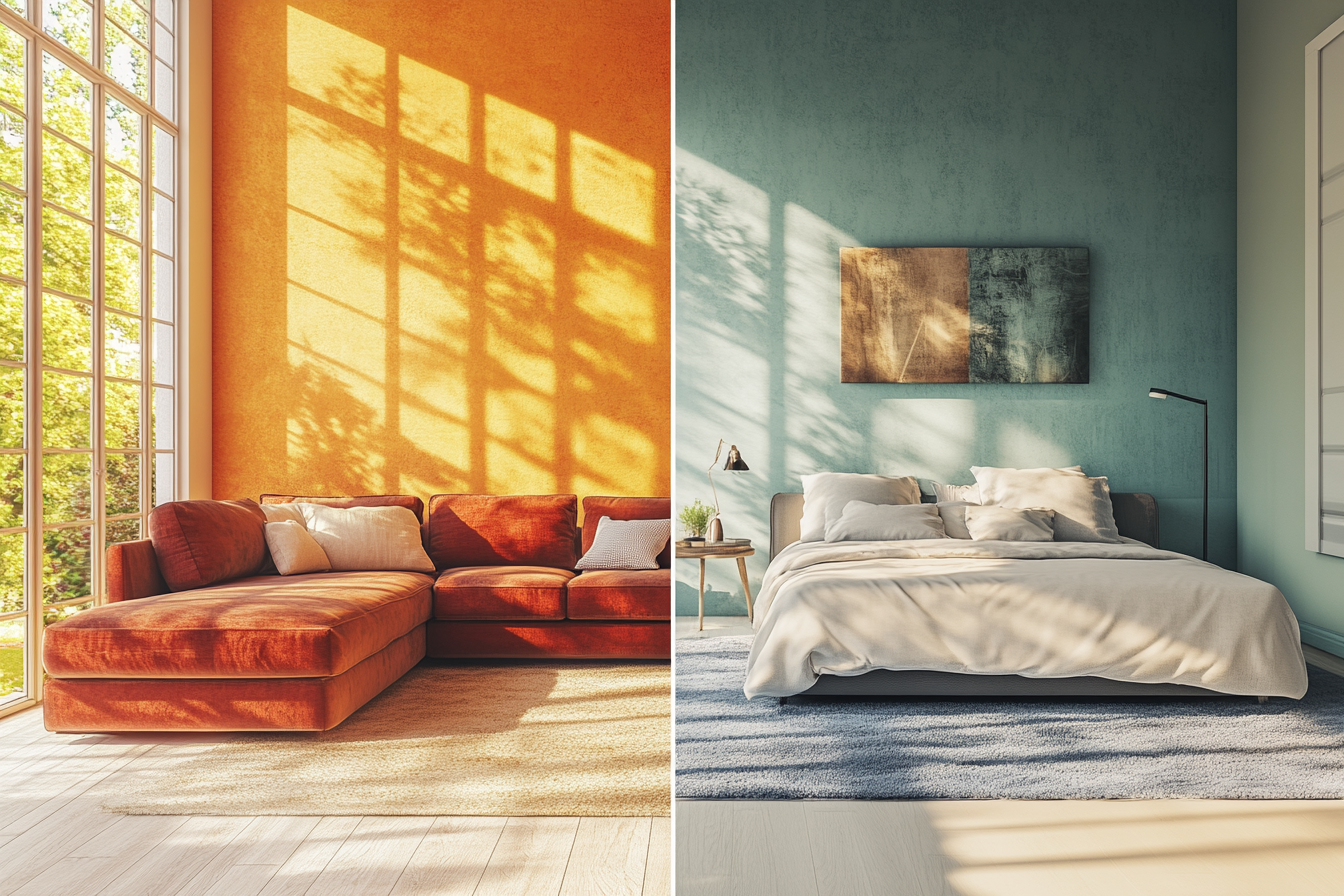Interior Design & Architecture
Exploring the synergy between space, structure, and style.
Interior design and architecture are deeply intertwined disciplines that shape the spaces we live, work, and connect in. As a licensed architect in Rome with over a decade of experience, and an interior designer and real estate expert in New York, I have witnessed how thoughtfully integrated architecture and interiors can elevate not only aesthetics but also quality of life. In this article, we'll explore the relationship between architecture and interior design through five key lenses: spatial planning, historical context, materiality, indoor-outdoor relationships, and emotional experience.
1. Spatial Planning: Bridging Structure and Function
Architecture provides the framework; interior design brings it to life. Spatial planning is where the two disciplines meet to create functional, harmonious environments.
Open floor plans require close coordination between structural elements and design zones, such as dining and living areas.
Circulation paths (like hallways and doorways) must be intuitive and enhance the flow of the space.
Ceiling heights, column placement, and window openings impact how interiors are designed and furnished.
2. Historical Context: Honoring the Past While Designing for Today
Understanding architectural heritage is key to designing respectful and inspired interiors.
Preserving original details like moldings, arches, or frescoes can enrich the narrative of a space.
Renovating historic properties involves balancing contemporary needs with cultural value.
Designers must research and understand the architectural era and style of a building before making modern interventions. Learn more about architectural preservation.
3. Materiality and Surface Treatments
Materials form the tactile and visual link between exterior and interior design.
Cohesive palettes using stone, wood, or metal connect the inside to the outside and reinforce the architectural language.
Interior finishes should complement the structural elements, such as exposed beams or concrete walls.
Sustainable materials are gaining importance in both fields. The American Institute of Architects (AIA) offers guidelines on eco-conscious material selection.
4. Indoor-Outdoor Relationship
A seamless connection between interior and exterior spaces enhances wellness and livability.
Architectural features like large windows, sliding doors, or patios invite light and nature inside.
Interior design can echo exterior elements through color palettes or textures to create continuity.
Outdoor spaces, like terraces or courtyards, can be styled as extensions of the home.
5. Emotional and Psychological Experience
Architecture creates the stage; interior design sets the mood.
Natural light, proportions, and acoustics influence how people feel in a space.
Interior elements like color, layout, and furniture placement support emotional well-being.
Design psychology is now a growing field focusing on how built environments affect human behavior. Explore more on design and psychology.








